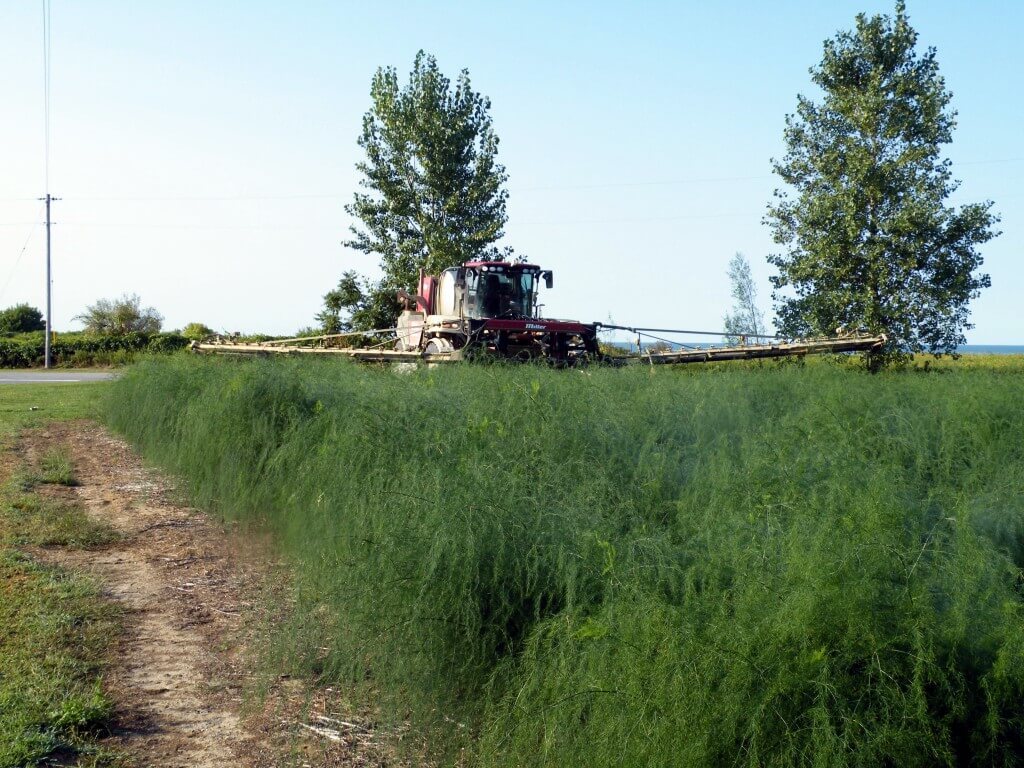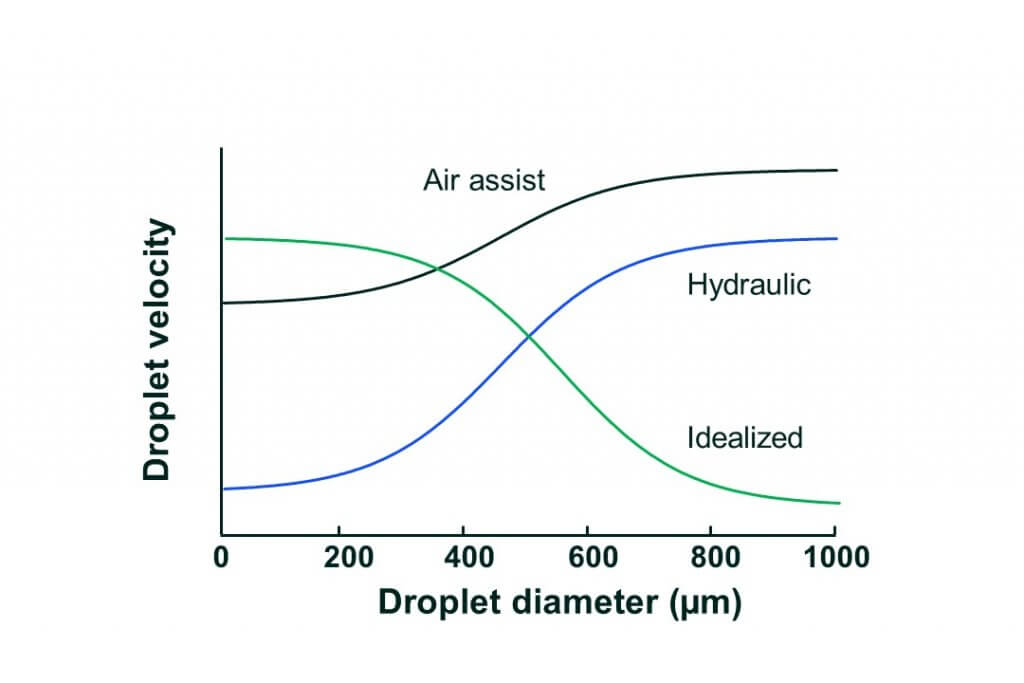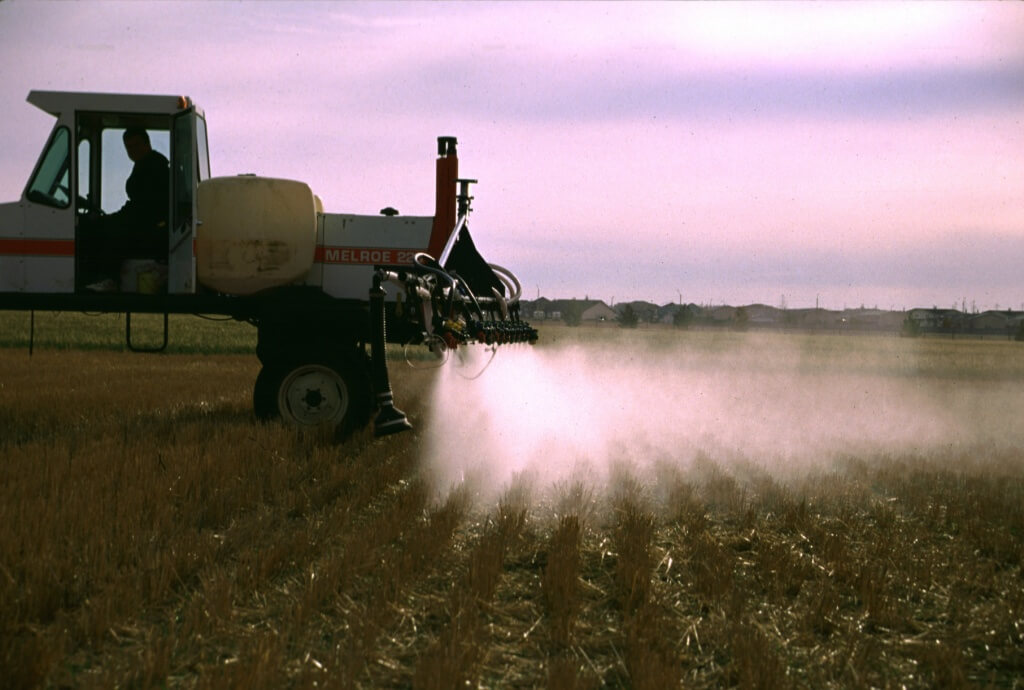
Prologue This research was performed in 2012 and since then there have been considerable advances in application technology for asparagus in fern that should be considered. Be sure to read the epilogue at the end of this article. Introduction Diseases such as purple spot can have major economic impacts for asparagus growers, and the best […]



